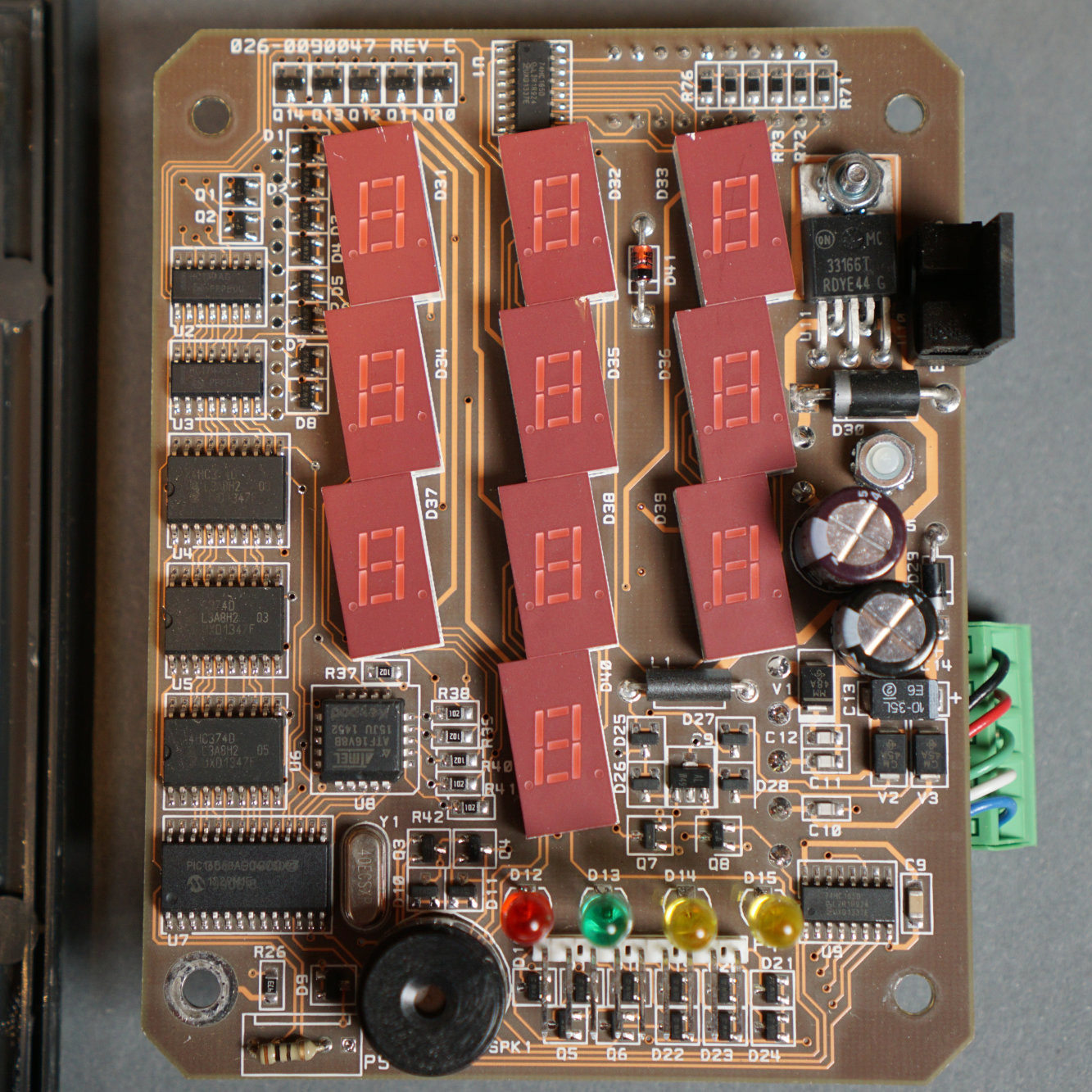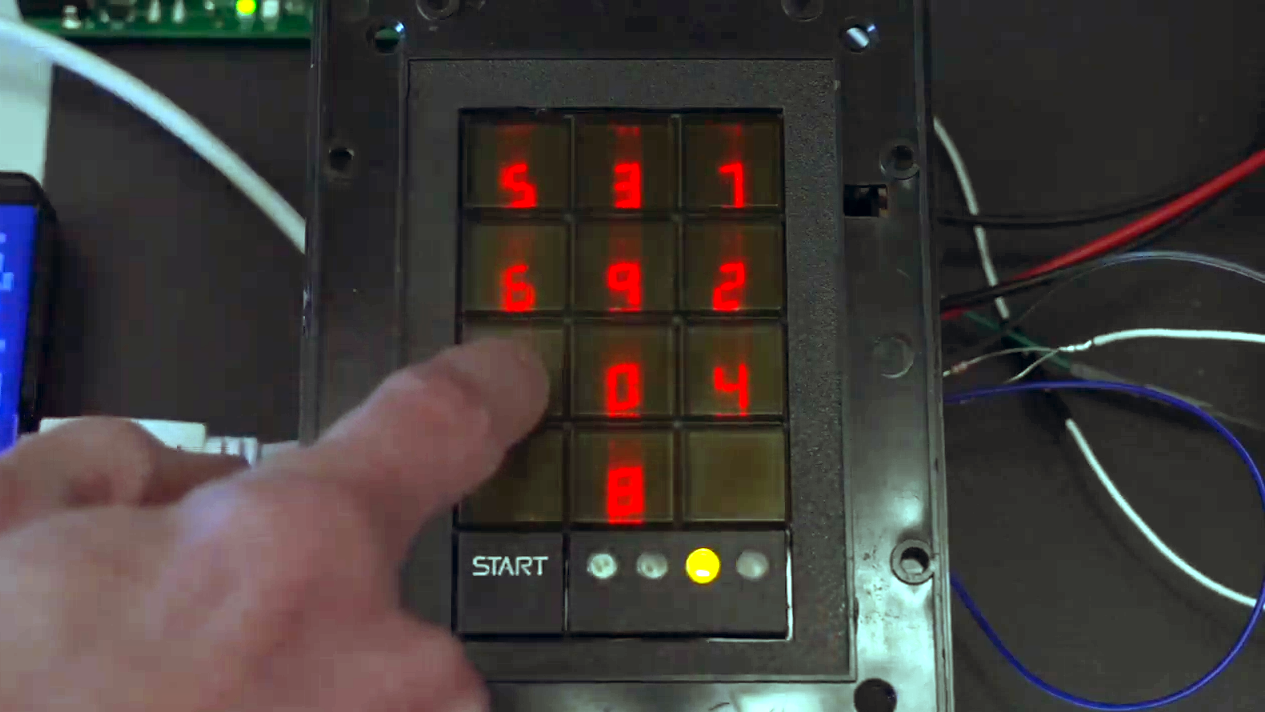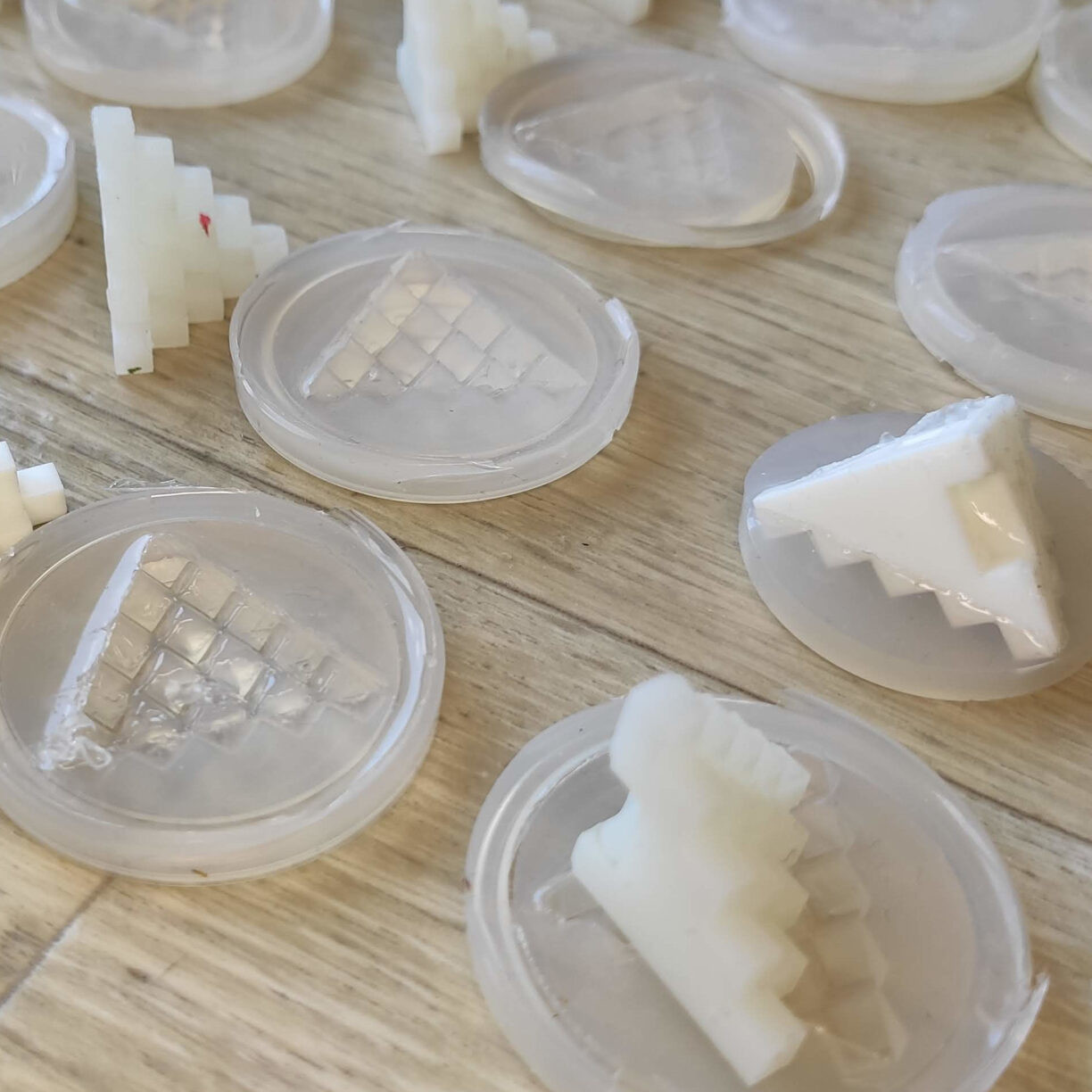What’s a Scramblepad? It’s a style of selection pad in which the figures aren’t in mounted locations, and can only be witnessed from a slender viewing angle. Each time the pad is activated, the buttons have distinctive quantities. That way, a frequent numerical code isn’t telegraphed by both button put on, or finger positions when punching it in. [Glen Akins] acquired his hands on one particular past yr and figured out how to interface to it, and shared masses of good photos and aspects about just how challenging this system was on the inside of.

Patented in 1982 and made use of for entry regulate, a Scramblepad aimed to stay clear of the possibility of another person inferring a code by looking at a user punch it in, whilst also blocking information and facts leakage by way of wear and tear on the keys on their own. They were designed to resolve some certain difficulties, but as [Glen] points out, there are many fantastic reasons they are not employed today. Not only is their accessibility poor (they only labored at a certain height and viewing angle, and are not available to sight-impaired individuals) but on prime of that they are advanced, highly-priced, and not vandal-proof.
[Glen]’s Scramblepad may well be obsolete, but with its black create, sharp traces, and pink LED 7-segment shows it has an simple type. It also includes an RFID reader, allowing it to act as





